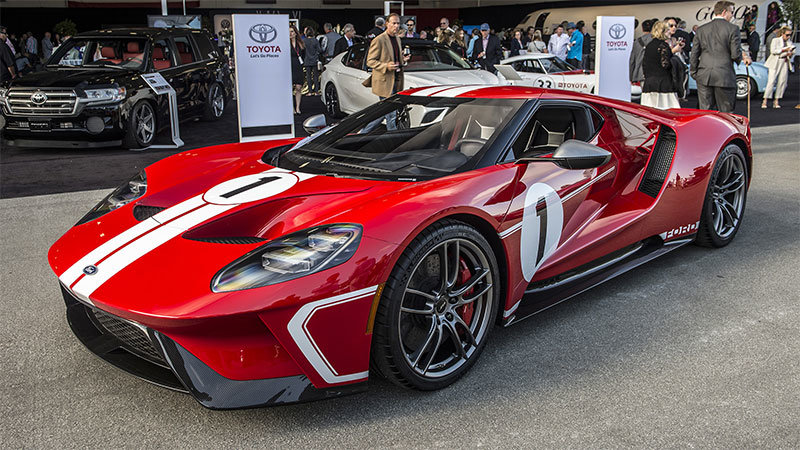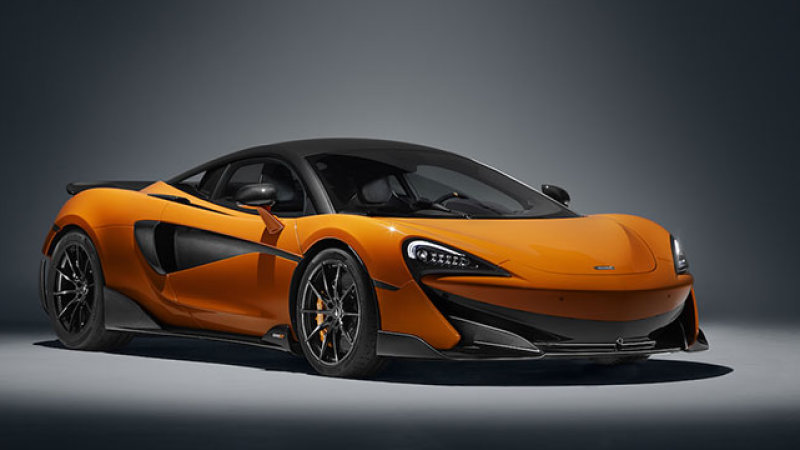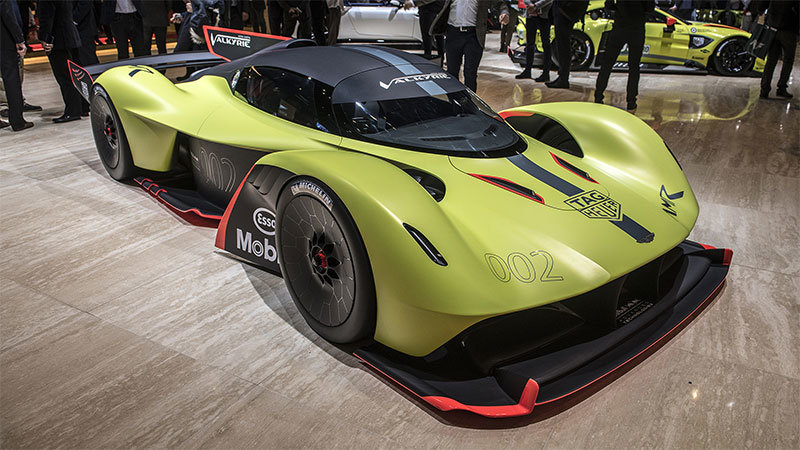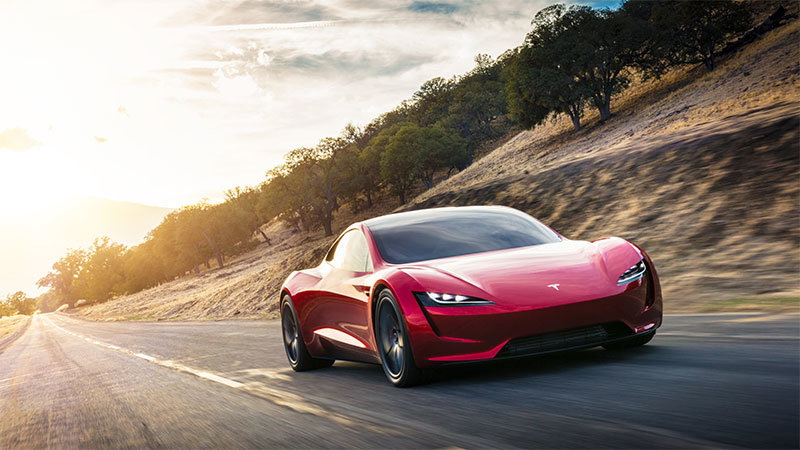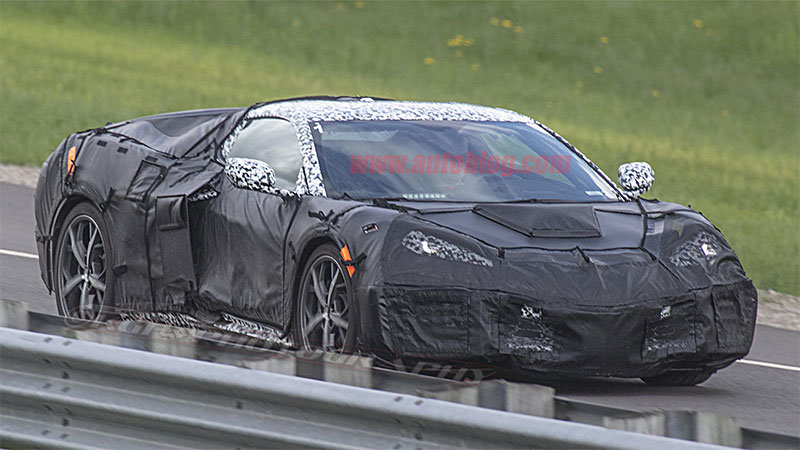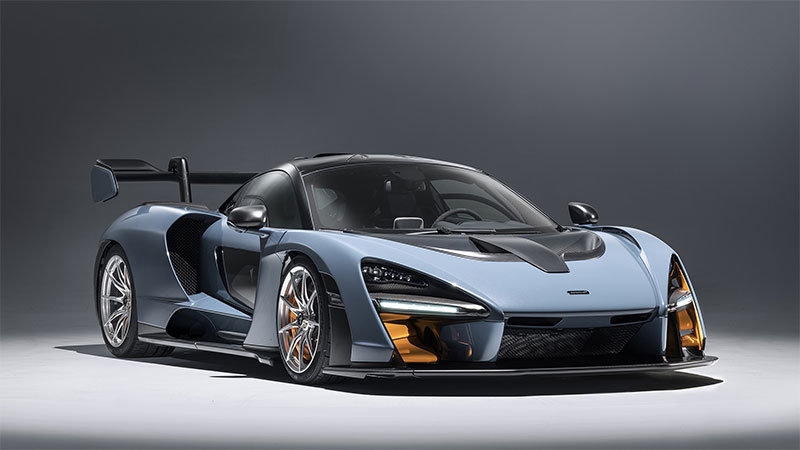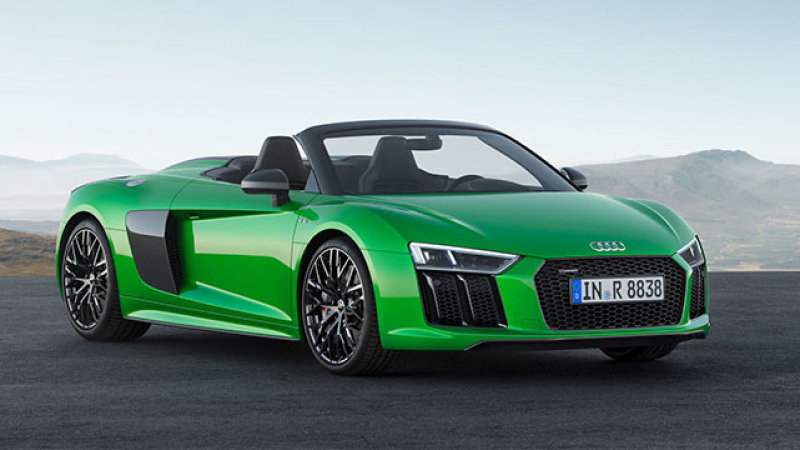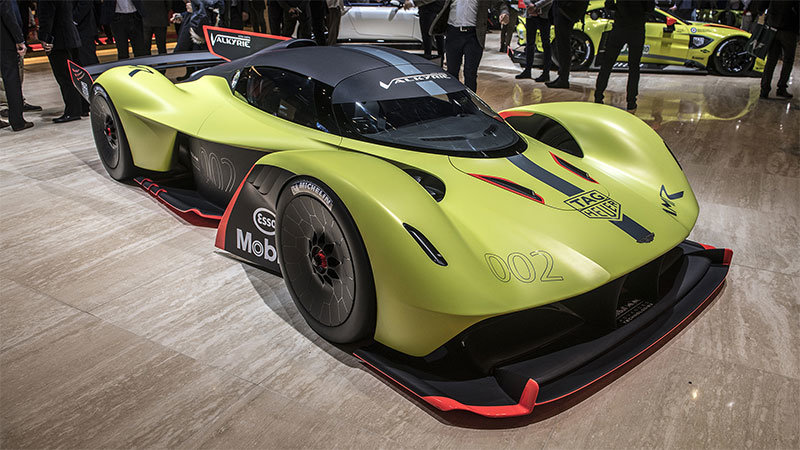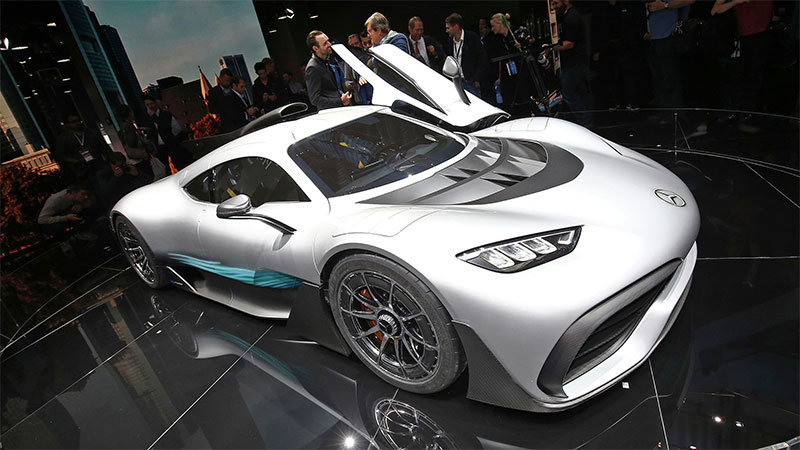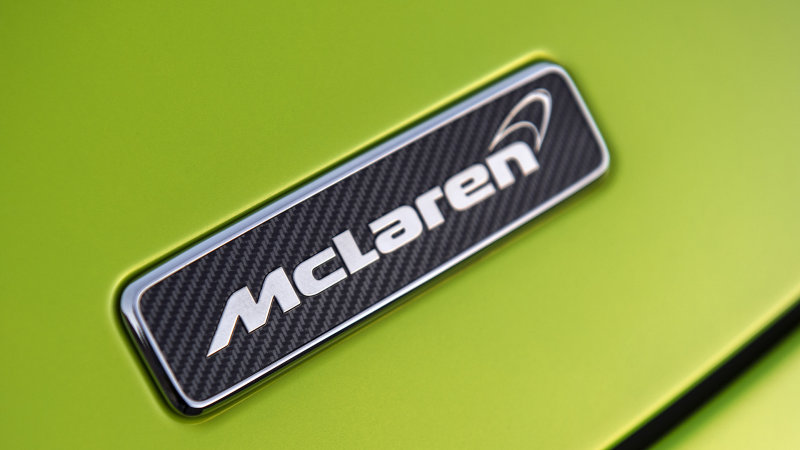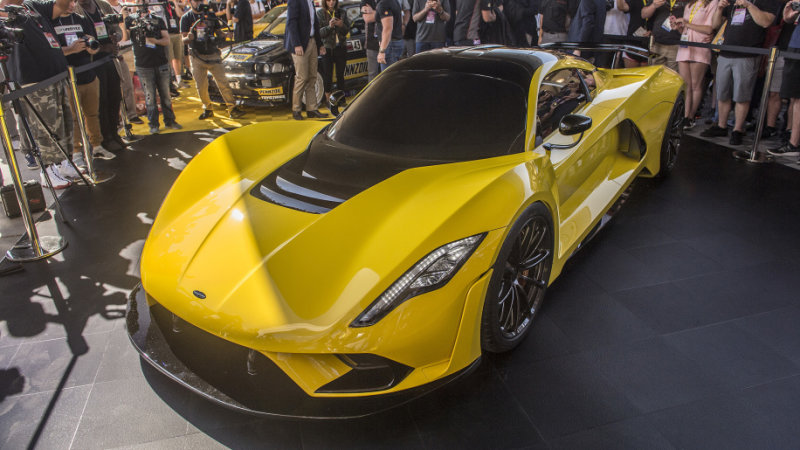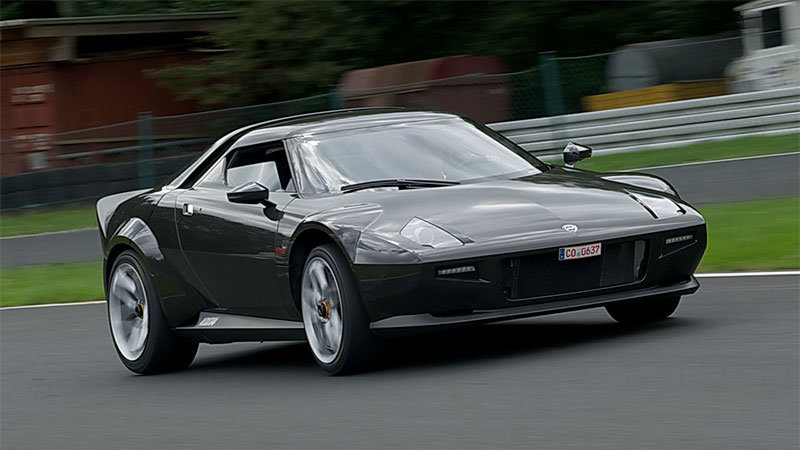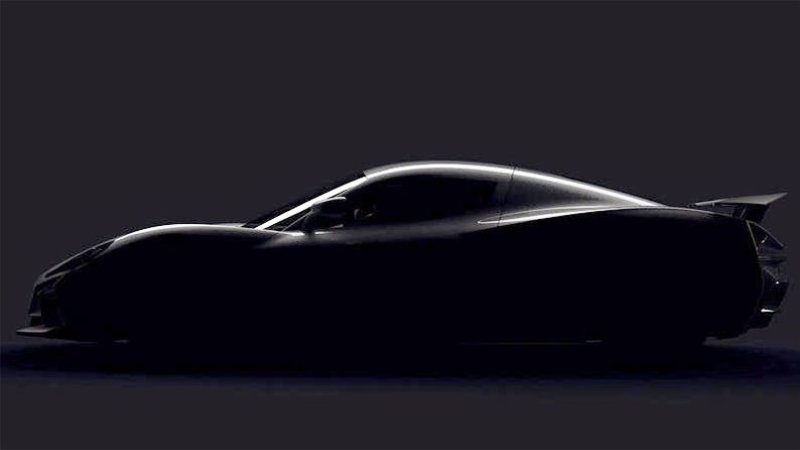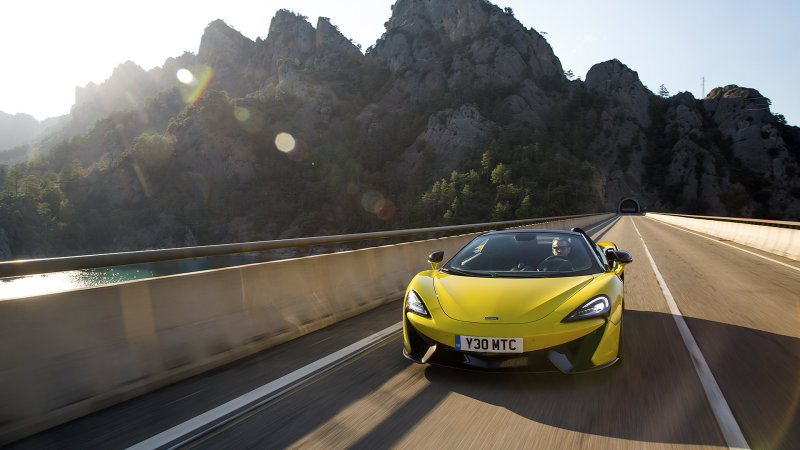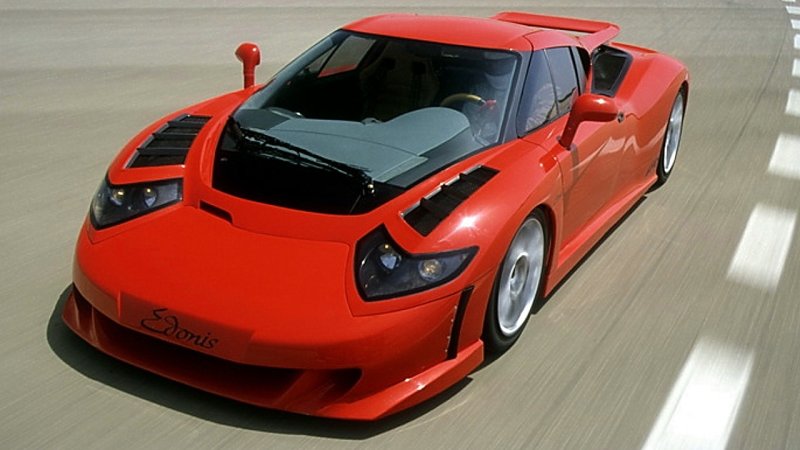Ford to reopen GT application process later this year
Motor Authority has learned Ford will begin taking new applications for the 2019 Ford GT in the fourth quarter of this year. After the Blue Oval extended production to October 2020, this year will be the third out of four years for GT builds. Applicants who haven’t been approved previously are welcome to update their applications, and new customers are welcome to apply.
The survey questions remain the same as at launch. Hopefuls will still need to show their Ford connections and possible Ford collections, and then they can take the optional freeform step of a publicly accessible 60-second video showing “Your Style.” There were a number of videographic gems among the first batch of applicants, when 6,506 people with $450,000 to spend tried to prove they would be the ultimate Ford ambassador.
The carmaker’s sticking to the application schedule even though supplier Multimatic is behind on the overall build schedule. Multimatic needed more time than expected to ramp up to producing one car per day, so instead of the 250 coupes promised for the 2017 model year, Multimatic built 138. Ford said it is committed to the quota of 1,000 units, so delivery times might have shifted a tad, but all deliveries will be made.
It’s expected that the plummy Heritage Edition will introduce a rare, sincere use of the famous Gulf livery. After the black and silver-striped 2017 Heritage Edition celebrated the 1966 GT40 Le Mans winner, the red and white-striped 2018 Heritage Edition celebrated the 1967 GT40 Le Mans winner, deduction would dictate the 2019 Heritage Edition will come dressed in the blue and orange Gulf colors flown by the No. 9 GT40 that won Le Mans in 1968.
For the newly rich who have more funds than followers, you probably have a couple of months before the window opens to blow up your social media accounts and build a pristine collection of Escorts and Probes. A one-way ticket to Kentucky and a paper copy of AutoTrader is probably the best place to start.
Related Video:

